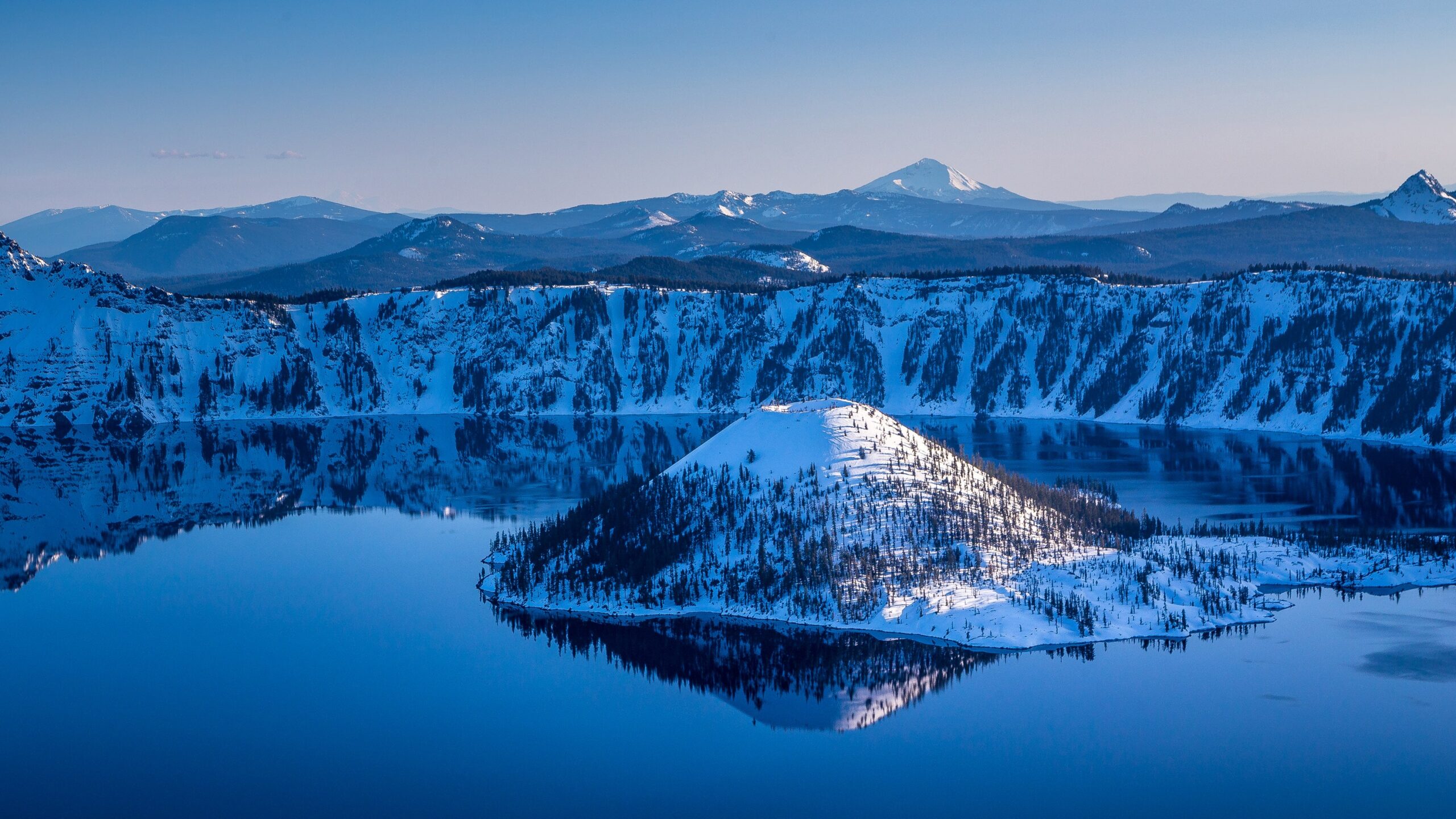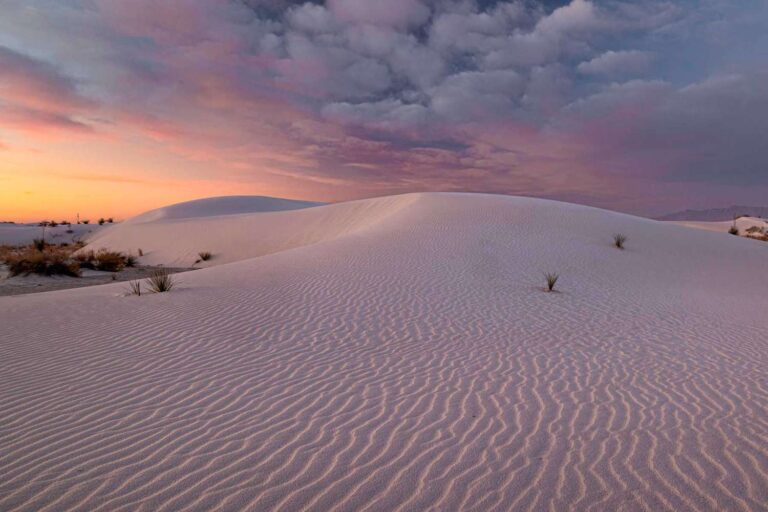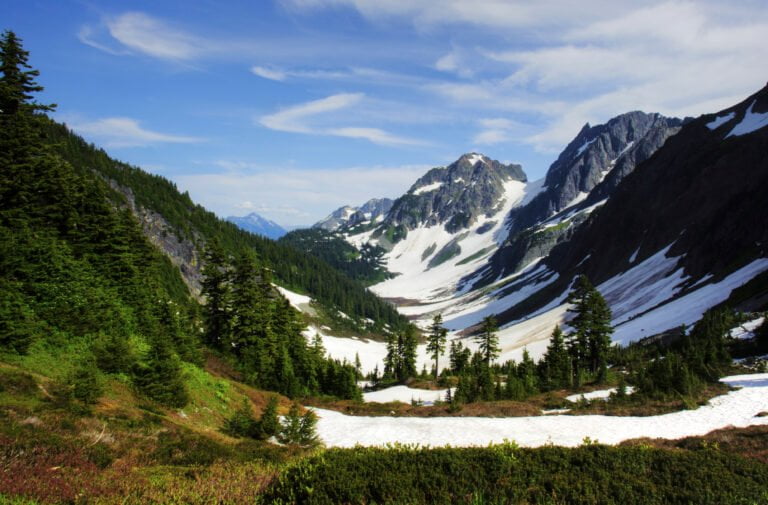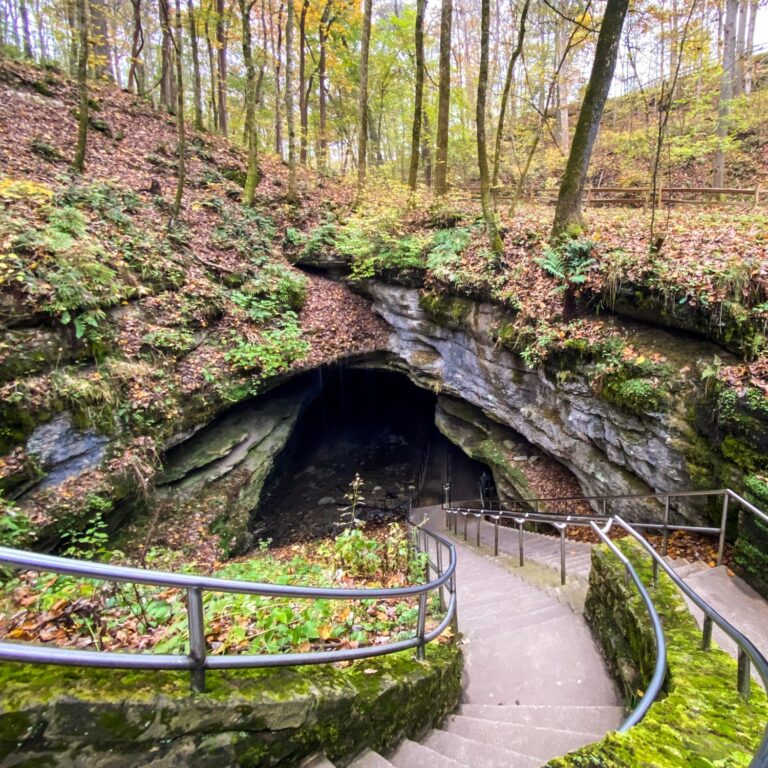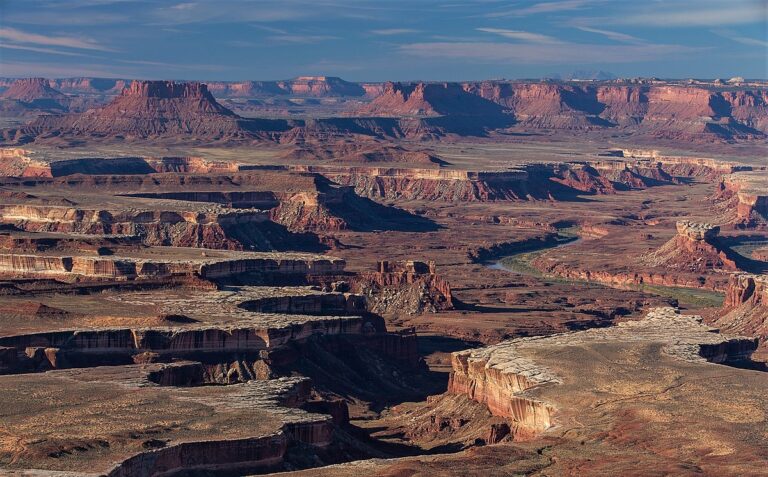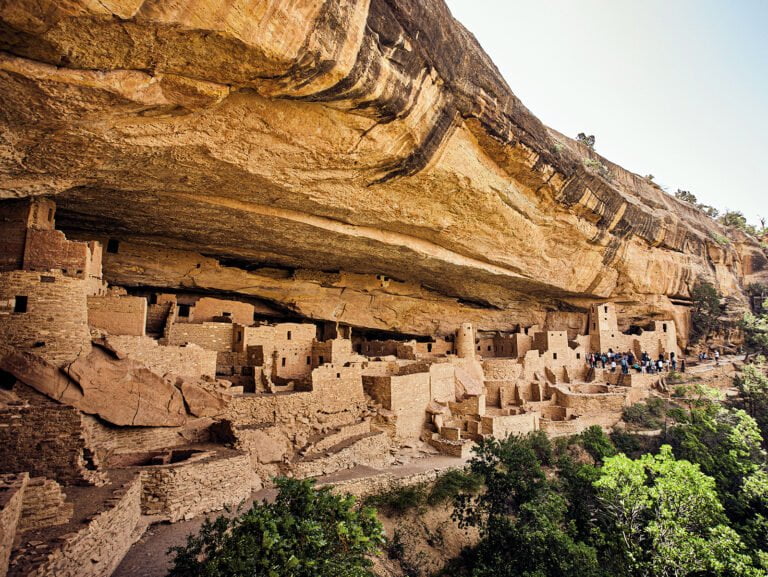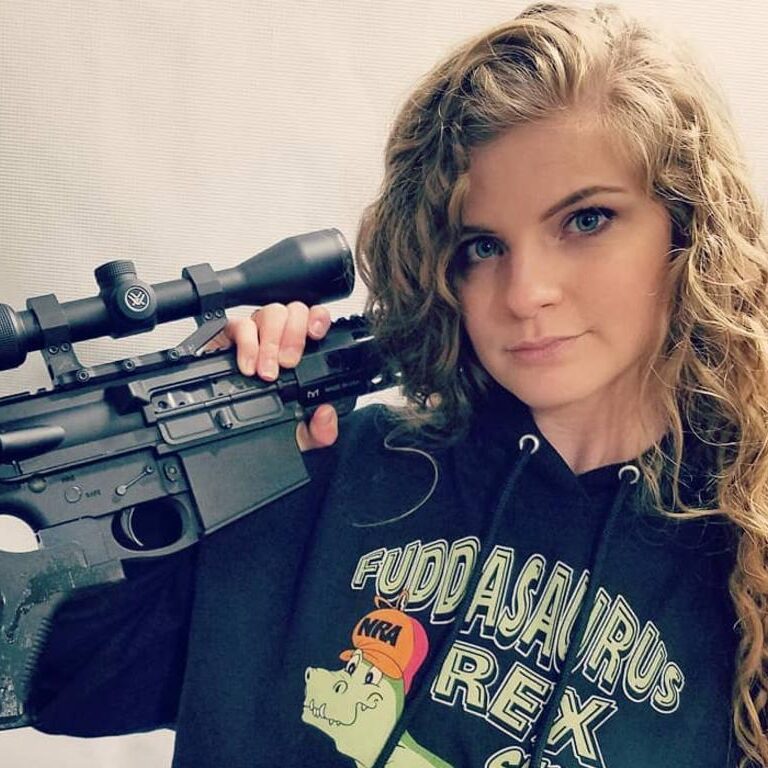Crater Lake National Park
Crater Lake National Park, spanning an impressive 183,224 acres, is a treasure trove of natural beauty and geological wonder. Established in 1902, it offers a serene escape for nature enthusiasts and adventurers alike. With an annual influx of 648,000 visitors, this park holds a special place in the hearts of those who seek tranquility and breathtaking vistas. In this article, we’ll delve into the fascinating aspects of Crater Lake National Park, from its unique characteristics to the activities it offers to its visitors.
Unveiling the Firearm Regulations
In February 2010, a significant change was implemented for visitors to Crater Lake National Park – those eligible under federal, state, and local law can legally carry firearms within the park’s boundaries. However, adherence to all applicable regulations at the local, state, and federal levels is mandatory. To maintain clarity, signs placed at park gates indicate whether firearm possession is prohibited in specific areas. Federal facilities remain off-limits as required by federal law (18 USC 930). For a more comprehensive understanding of firearm laws in Oregon, visitors can find valuable information here.
Embracing Nature: No Hunting Allowed
While Crater Lake National Park is a haven for embracing the wonders of nature, hunting is not a permitted activity within its premises. Preserving the park’s ecosystem and ensuring the safety of its visitors remain top priorities. To learn more about hunting laws in Oregon, interested parties can refer to the available resources.
Casting Your Line: Fishing in the Park
Fishing enthusiasts are in for a treat at Crater Lake National Park. The park allows fishing without the need for a fishing license within its boundaries. Visitors can indulge in fishing the non-native Rainbow trout and kokanee. Although fishing is permitted in most park streams, exceptions include Sun Creek and Lost Creek due to the presence of bull trout (Salvelinus confluentus), a native species protected under the Endangered Species Act. The park’s ongoing efforts to restore a healthy population of bull trout exemplify its commitment to conservation.
The Mystique of Crater Lake
Crater Lake, a result of Mount Mazama’s eruption 7,700 years ago, is a natural wonder that stands apart. The volcanic explosion led to the formation of a six-mile-wide and 1,943-foot-deep lake, distinguished as the deepest in the United States. The lake’s ethereal blue hue is a result of its unique filling process – precipitation and snowmelt, which ensures its clarity by keeping it devoid of silt. This purity allows for exceptional visibility, extending over a hundred feet.
A Glimpse of Wildlife Diversity
Crater Lake National Park hosts a diverse range of wildlife, including the Mazama newt, an exclusive inhabitant of the region. This little salamander finds its home amidst rocks and driftwood, its dark brown tint blending with the surrounding environment.
However, the Mazama newt faces threats from invasive species like crayfish, highlighting the ongoing balance of nature within the park. Firearm guidelines are in place to ensure the safety of both visitors and the delicate ecosystem.
Timing Your Visit
For those eager to experience Crater Lake National Park’s enchantment to the fullest, the prime period to visit is between July and September. During this timeframe, the weather is most conducive for exploration and reveling in the park’s offerings.
Plan Your Visit: Fees and Passes
To access the marvels of Crater Lake National Park, visitors must adhere to the following fee structure:
- $15.00 per person/cyclist for up to 7 days
- $30.00 per vehicle for up to 7 days
- $25.00 per motorcycle for up to 7 days
- $55.00 for Crater Lake National Park Annual Pass
Moreover, for those who anticipate visiting multiple national parks in the same year, the America The Beautiful Annual Park Pass is an excellent option. For $80, this pass grants access to all U.S. National Parks for the year and offers discounts for seniors, military personnel, and others.
Visitor Centers: Where Information Awaits
Crater Lake National Park provides informative visitor centers to enhance your experience:
1. Mazama Visitor Center
- Address: Crater Lake National Park, 1 Sager Building Highway 62, Crater Lake, OR 97604
- Phone Number: (541) 594-3000
- Hours of Operation: Daily 9:00 AM–5:00 PM
2. Rim Visitor Center
- Address: Crater Lake National Park, Rim Village, OR 97604
- Phone Number: (541) 594-3000
- Hours of Operation: Daily 9:30 AM–5:00 PM (Closed in Fall, Winter, and Spring)
3. Steel Visitor Center
- Address: Crater Lake National Park, Munson Valley Rd, Oregon 97604
- Hours of Operation: Temporarily closed (Currently undergoing renovation)
Conclusion
Crater Lake National Park stands as a testament to the Earth’s breathtaking geological transformations and the dedication to preserving its magnificence. From its vivid blue waters to its unique inhabitants, every aspect of the park contributes to an unforgettable experience. Whether you’re a nature lover, an adventurer, or simply seeking solace in nature’s embrace, Crater Lake National Park offers an escape like no other.
FAQs;
Q1. Can I Carry Firearms Inside Crater Lake National Park?
Yes, visitors eligible under federal, state, and local law can legally carry firearms in Crater Lake National Park as of February 2010. However, compliance with all relevant regulations is essential.
Q2. Is Hunting Allowed Within Crater Lake National Park?
No, hunting is not permitted within the boundaries of Crater Lake National Park. The park prioritizes preserving its ecosystem and ensuring visitor safety.
Q3. Are Fishing Licenses Required for Fishing in the Park?
No, fishing licenses are not required within Crater Lake National Park. Visitors can enjoy fishing for non-native fish like Rainbow trout and kokanee. However, specific areas with native bull trout are protected under the Endangered Species Act and cannot be fished.
Q4. What’s the Best Time to Visit Crater Lake National Park?
The optimal time to visit Crater Lake National Park is between July and September when the weather is most favorable for exploration and enjoying the park’s natural beauty.
Q5. How Can I Access Multiple National Parks with One Pass?
The America The Beautiful Annual Park Pass is your key to visiting multiple U.S. National Parks for a year. Priced at $80, it also offers discounts for seniors, military personnel, and others, making it a great value for park enthusiasts.
Q6. Can you conceal carry in Crater Lake National Park?
No. Federal law prohibits firearms in Crater Lake National Park, so concealed carry recreational permits are not valid within park boundaries. This applies even to lawful permitless concealed carry by state residents. The only exception is during lawful hunting in authorized areas adhering strictly to Oregon state regulations simultaneously.
Q7. Can you shoot guns in Glacier National Park?
Visitors are prohibited from discharging any firearms, including for target practice, within Glacier National Park. Federal regulations strictly govern use due to National Park Service policies. The only exception is a few limited areas allow legal hunting during designated seasons requiring special permits, and tags, and following strict guidelines concurrently.
Q8. Can you camp for free at Crater Lake?
No, all campgrounds in Crater Lake National Park require reservations and charge fees ranging normally from $10-$25 per night as of 2022. Free camping or dispersed camping is not permitted in Crater Lake. All overnight stays must be at an assigned site within the 2 formal campgrounds and vault toilets are provided.
